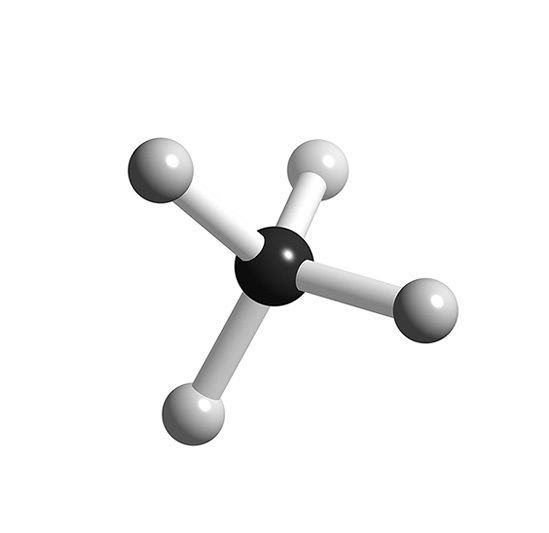Formula PbH4 Molar mass 211.23 g/mol | Boiling point -13 °C | |
 | ||
Plumbane meaning
Plumbane, PbH4, is a metal hydride and group 14 hydride composed of lead and hydrogen. Plumbane is not well-characterized or well-known, and it is thermodynamically unstable with respect to the loss of a hydrogen atom. Derivatives of plumbane include lead tetrafluoride, (PbF4), and tetraethyllead, ((CH3CH2)4Pb).
Contents
How to pronounce plumbane
History
Until recently, it was uncertain whether plumbane had ever actually been synthesized; although, the first reports date back to the 1920s and in 1963, Saalfeld and Svec reported the observation of PbH+
4 by mass spectrometry. Plumbane has repeatedly been the subject of Dirac–Hartree–Fock relativistic calculation studies, which investigate the stabilities, geometries, and relative energies of hydrides of the formula MH4 or MH2.
Properties
Plumbane is an unstable colorless gas and is the heaviest group IV hydride. Furthermore, plumbane has a tetrahedral (Td) structure with an equilibrium distance between lead and hydrogen of 1.73 Å. By weight percent, the composition of plumbane is 1.91% hydrogen and 98.09% lead. In plumbane, the formal oxidation states of hydrogen and lead are -1 and +4, respectively, because the electronegativity of hydrogen is higher than that of lead. The stability of metal hydrides with the formula MH4 (M = C–Pb) decreases as the atomic number of M increases.
Preparation
In general, metal hydrides are formed when hydrogen gas is allowed to react with metals. They can serve to store hydrogen gas, which is highly flammable.
Early studies of PbH4 revealed that the molecule is unstable as compared to its lighter congeners (silane, germane, and stannane). It cannot be made by methods used to synthesize GeH4 or SnH4.
In 1999, plumbane was synthesized from lead(II) nitrate, Pb(NO3)2, and sodium borohydride, NaBH4. A non-nascent mechanism for plumbane synthesis was reported in 2005.
In 2003, Wang and Andrews carefully studied the preparation of PbH4 by laser ablation and additionally identified the infrared (IR) bands.
Congeners
Congeners of plumbane include:
